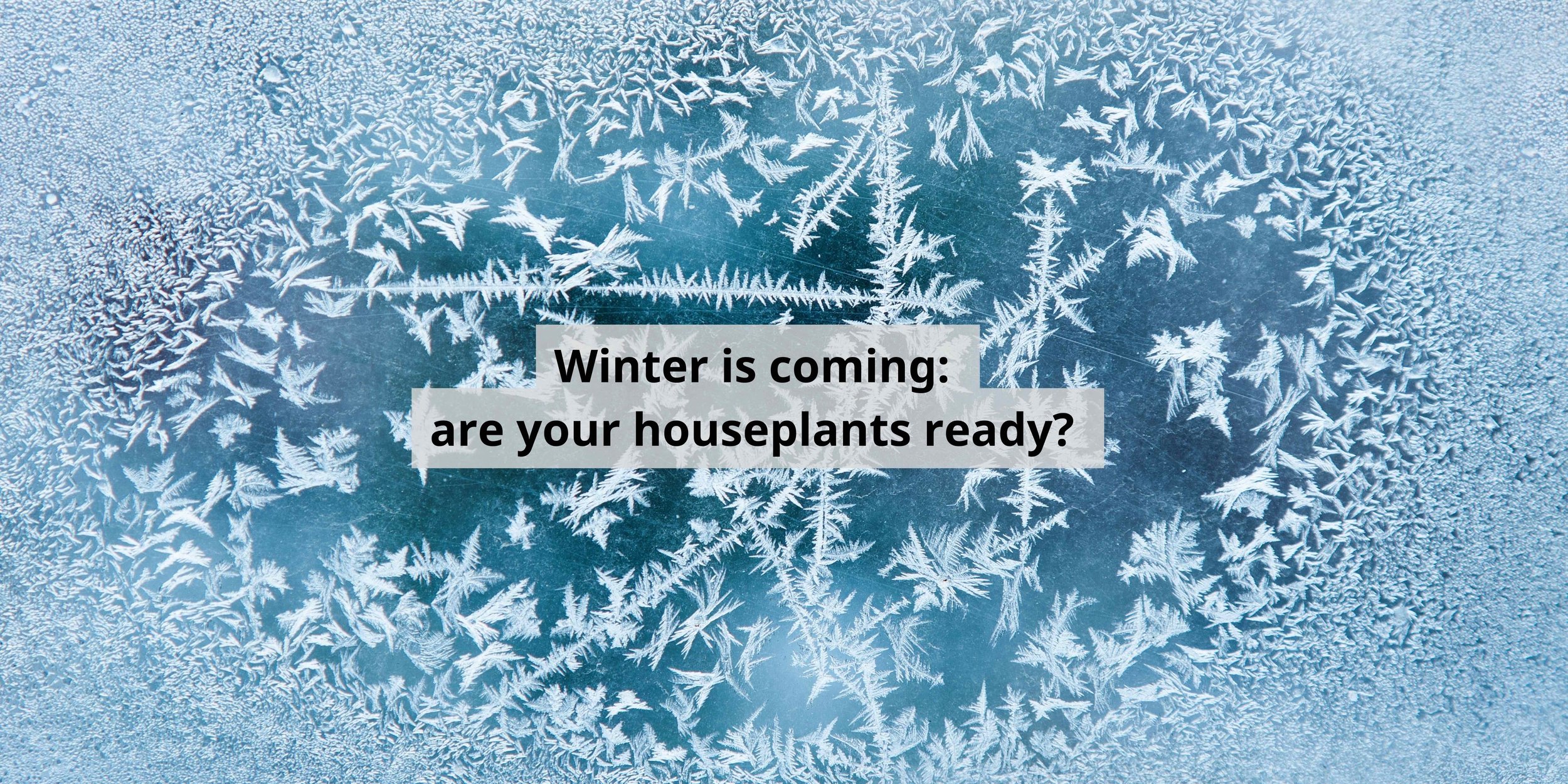How to help your houseplants make it through winter amid a fuel poverty crisis
As mornings start to turn misty, my mind is turning increasingly to the winter and the challenges it is likely to throw at us.
With two thirds of UK families predicted to be in fuel poverty by January, many people will be facing difficult decisions about whether to eat or heat. It may feel flippant to wonder how this will impact houseplants, but for many of us, our collections are a vital part of our household and a refuge when times get tough.
I am already hearing from some growers that they are going to be changing their practices and in some cases scaling down their collections in an attempt to keep their bills from spiralling. That might mean setting their greenhouse thermostats to a few degrees lower than normal, or getting rid of heaters altogether, and offloading plants that suffer in rooms that drop below 15C at night. I'd love to hear from you what measures you're taking, how worried you are and how you feel this might impact the UK houseplant industry.
Here are some other tips you can follow to help your plants through winter.
Learn about your specific plant's temperature needs: in some cases you may be surprised by the low temperatures they can tolerate. Many cacti and succulents need a cold dormancy during winter, so will actually prefer to be left in an unheated room, provided you keep their substrate dry.
If your home gets really cold in winter, plants that come from cooler climates in the wild will still be fine: for instance strawberry saxifrage (Saxifraga stolonifera), English ivy (Hedera helix), and cast iron plant (Aspidistra elatior) will all experience no distress down to 5C and even lower.
Be eagle-eyed with watering. As temperatures and light levels drop, plants need less water, so keep a close eye on how moist plants are at root level: not just on the surface of the substrate.
Move plants away from draughts and make sure they are not trapped between a curtain and an ice cold window.
Rationalise your plants: group together those that require higher temperatures and situate them in one area or room so you have a smaller area to heat.
Keeping plants in a cheap plastic greenhouse indoors or even simply throwing horticultural fleece or old net curtains over plants at night will help to raise the temperature slightly and keep out draughts.
LED growlights - unless you are using lots and lots of them - are unlikely to add hugely to your electricity bill, and may help your plants cope with more challenging conditions in winter. The main cost of an LED growlight is the initial outlay, so my plan is to run the ones I already have, using plug-in timers to make sure they are on for the right number of hours. There's a really in-depth guide to calculating growlight costs here.
If you use heat mats, always attach them to a thermostat - the Microclimate Ministat for instance. This will keep your mat at the right temperature, save on electricity and reduce the risk of fires caused by overheating (this does happen, as you'll see if you look at any reptile care forum).
For more insights into houseplant care in winter, check out this episode of On The Ledge featuring The Arctic Gardener.
For more general energy saving tips, check out this page from the Energy Saving Trust.
This blogpost was taken from The Plant Ledger, my email newsletter about the houseplant scene. Subscribe here and get my free in-depth guide to fungus gnats.
